Chernobyl Tour
Location: Pripyat, Chernobyl, Ukraine
Tour: chornobyl-tour.ua
While recently visiting Kyiv with a friend we decided to take a tour to Chernobyl… because why not? We translated a website and booked our tickets. In the cab ride to the meeting place, I noticed that there was a spelling mistake and the tour was called Chornobyl Tours. We suddenly freaked out that we had been scammed but after a quick google learnt our first lesson for the day, Chornobyl is the Ukrainian spelling, while Chernobyl is the Russian spelling.
Our guide started by easing some of our fears, informing us that a day trip to Chernobyl is approximately the same amount of radiation as 3 x-rays. We were told to wear long sleeves and not to touch anything or sit on the ground.
2 hours later we were handing over paperwork and passports to armed police at the 30km exclusion zone and being told not to pet any of the stray dogs. Just a short drive and we were passing through our second barricade into the 10km exclusion zone.
Just inside this zone, we explored our first abandoned village, Leliv. We walked around the crumbling homes, shops and playgrounds that were once loved by a population of over 1,200 people.
Our next stop was where we spent most of our tour and arguably the highlight of the trip, the abandoned city of Pripyat. At the time of the Chernobyl disaster, Pripyat was a very young city established in 1970 with a population of almost 50,000. The city was home to the employees and their families of the nearby Chernobyl nuclear power plant.
The city is now a ghost town, slowly decaying while nature takes back ownership. What used to be four-lane streets with median strips is now so overgrown that our tour van can barely fit down the single lane track.
Walking around the crumbling city brought on many different emotions, I was excited to be there but couldn’t help but feel sadness for the thousands of people who were evacuated from their homes never to return. Leftover gas masks, peeling paint and broken glass made for a very eerie feeling while walking dark and gloomy corridors. Not to mention the Geiger counter in my pocket that would beep alerting us to higher levels of radiation. It honestly felt like I was in a game of Silent Hill or on the set of The Walking Dead.
Our guide pointed out the famous Azure swimming pool with its easily recognisable dive tower and informed us that it remained in operation for 12 years after the town was evacuated. Mostly used by liquidators until 1998.
In the same complex as the pool was a crumbling indoor basketball court with rotting floorboards.
Next door to the sports facilities was one of Pripyat’s schools. Desks, chairs and other school items could be seen scattered through windows. One classroom was littered with thousands of old gas masks (originally stored in the basement, but brought out to increase the creepy factor) used to teach children what to do in a nuclear attack.
Being a theme park enthusiast I loved walking around the old fairgrounds. The tour guide informed us that the famous Pripyat Ferris wheel never actually opened to the public. There was a festival organised for the week following the Chernobyl accident where the city would have celebrated the opening of their new sports stadium and Ferris wheel.
After leaving the city of Pripyat the tour guide then lead us to the new safe confinement structure which houses reactor 4. Slowly inside this incredibly large building, the reactor is being dismantled and disposed of. The structure is designed to prevent the release of radioactive contaminants for the next 100 years.
When leaving the exclusion zone you have to exit through a radiation scanner that will pick up on any radioactive dirt particles that may be stuck to your clothes. I was told that if the scanner goes off you have to be hosed down and try again.
I can not recommend this tour enough. It really puts into perspective the devastation of the accident and just how many people it affected. From the people who were forced to leave their homes to the thousands who were sent in to clean up the area and everyone still experiencing health side effects from radiation.
It also gave me a good impression of what the world would look like after humans are extinct. Nature reclaiming buildings, man-made structure crumbling to the ground, being covered by vegetation, erasing them as if they never existed.


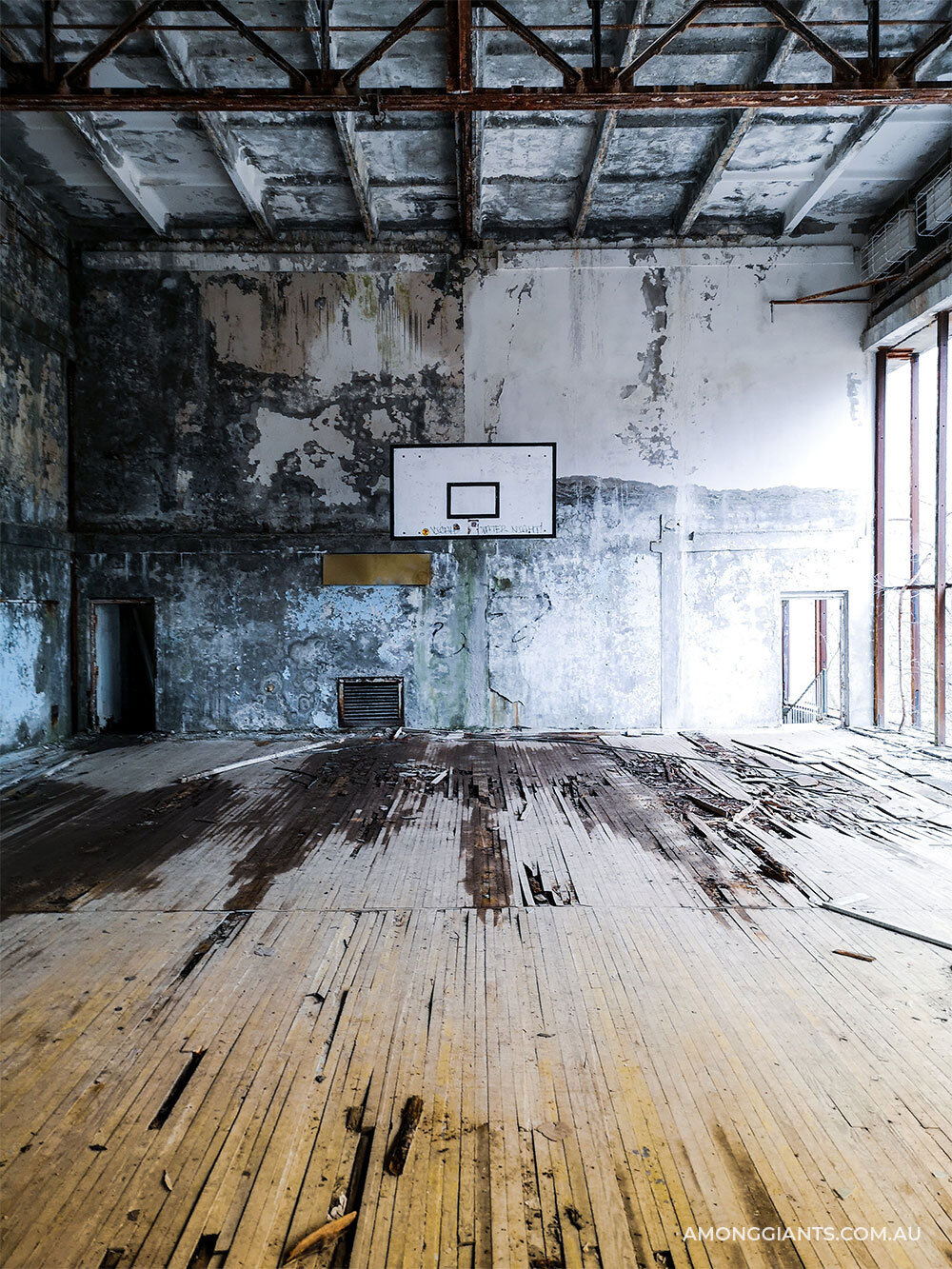
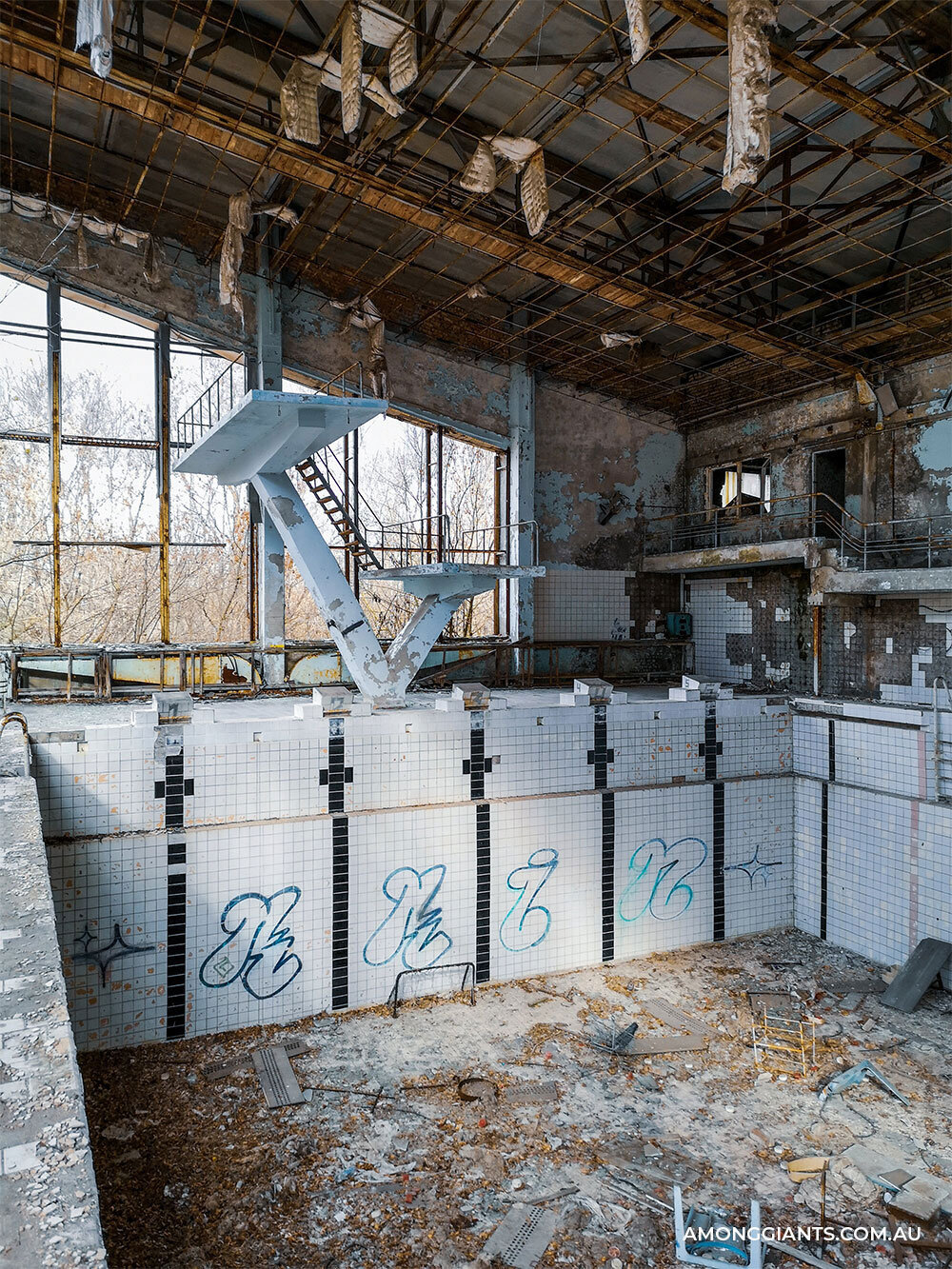
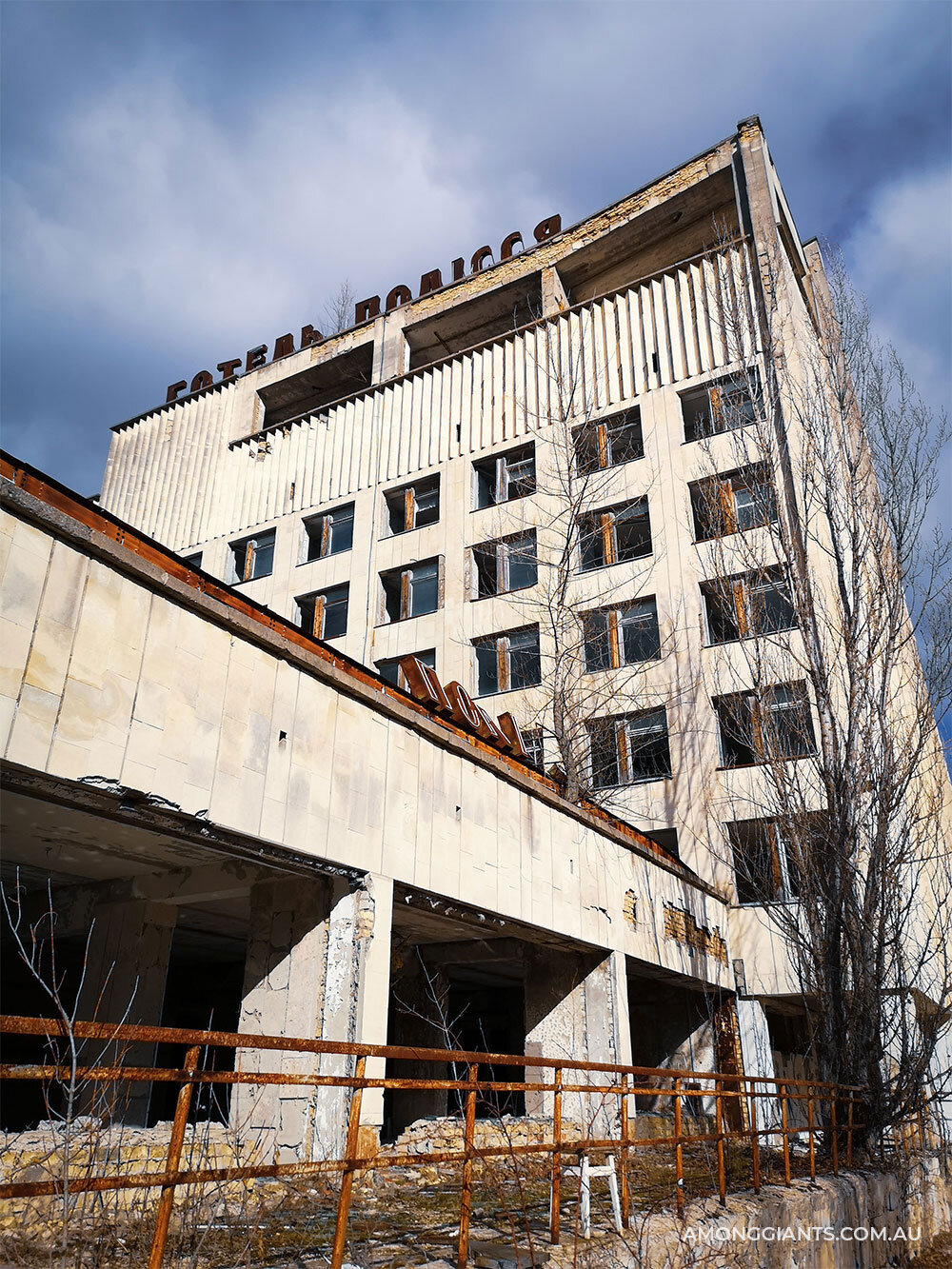
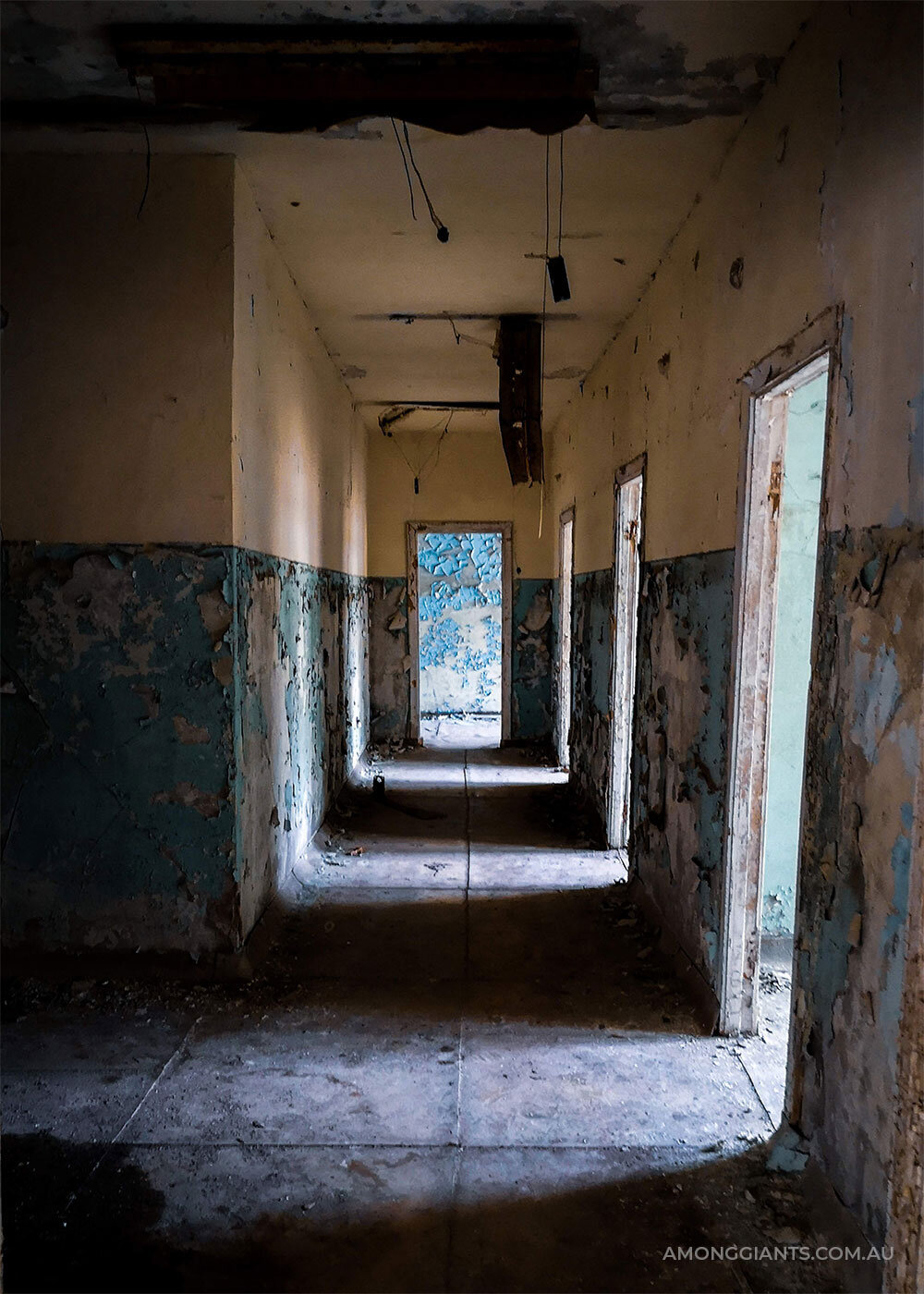
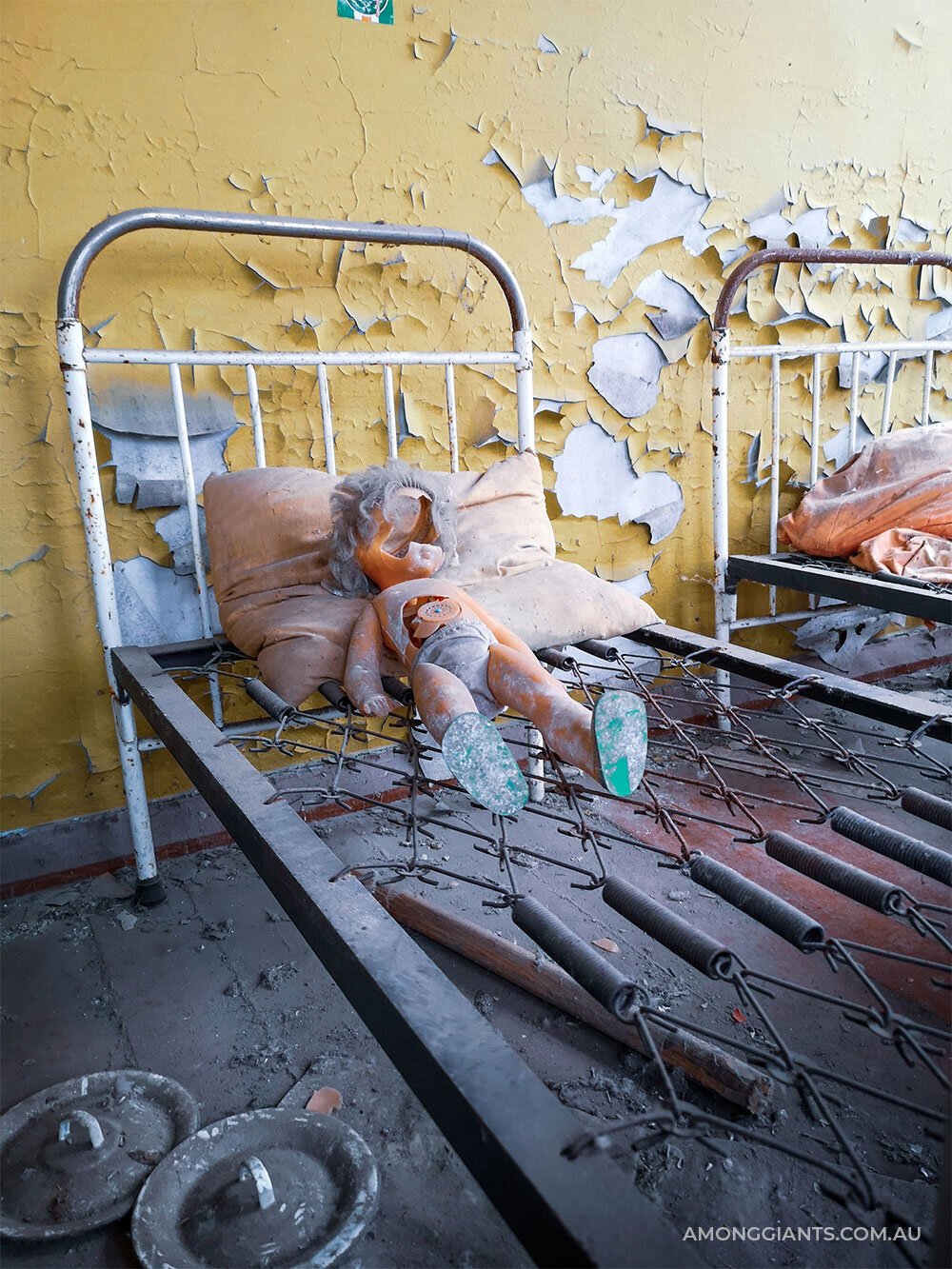

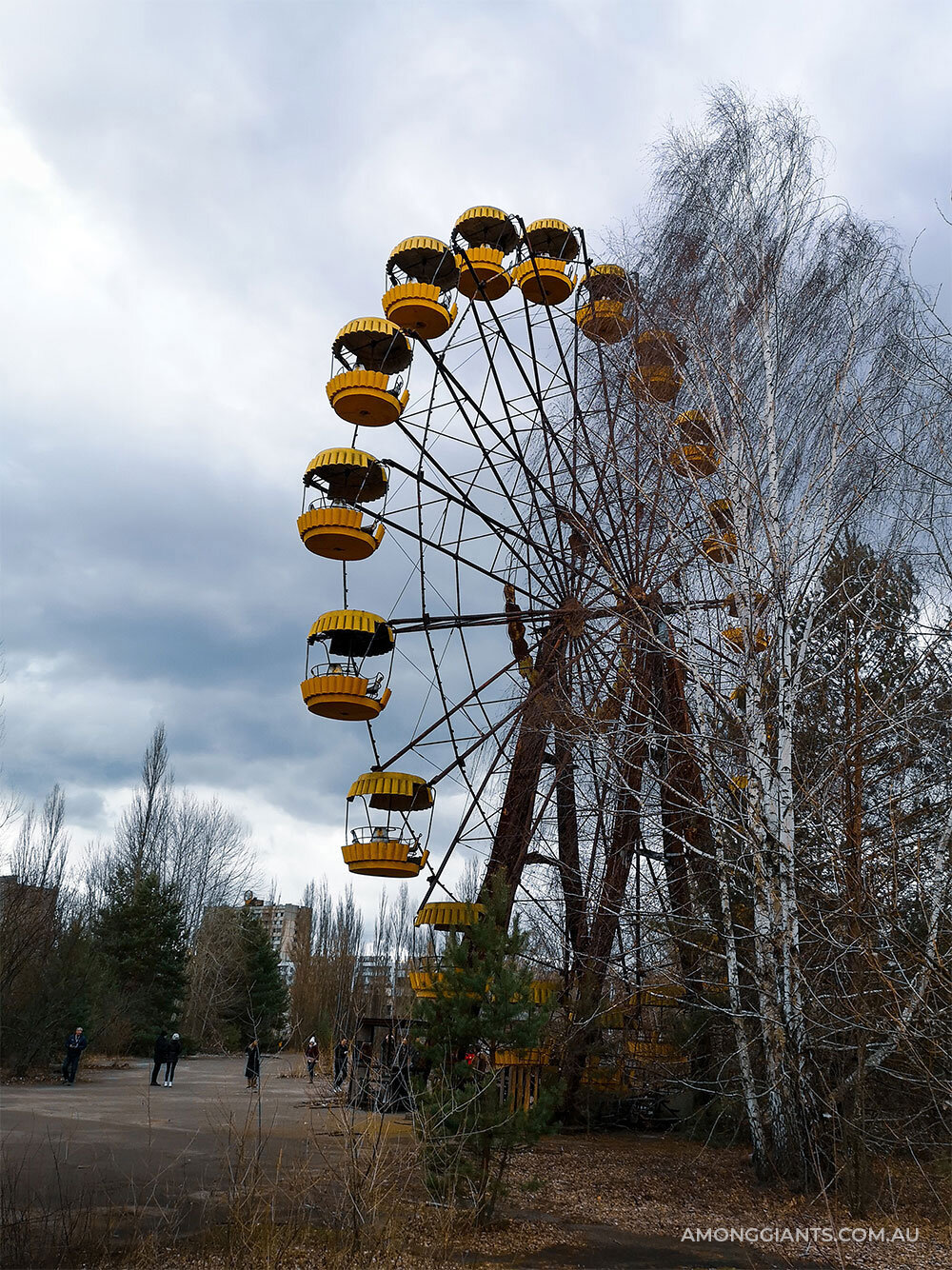

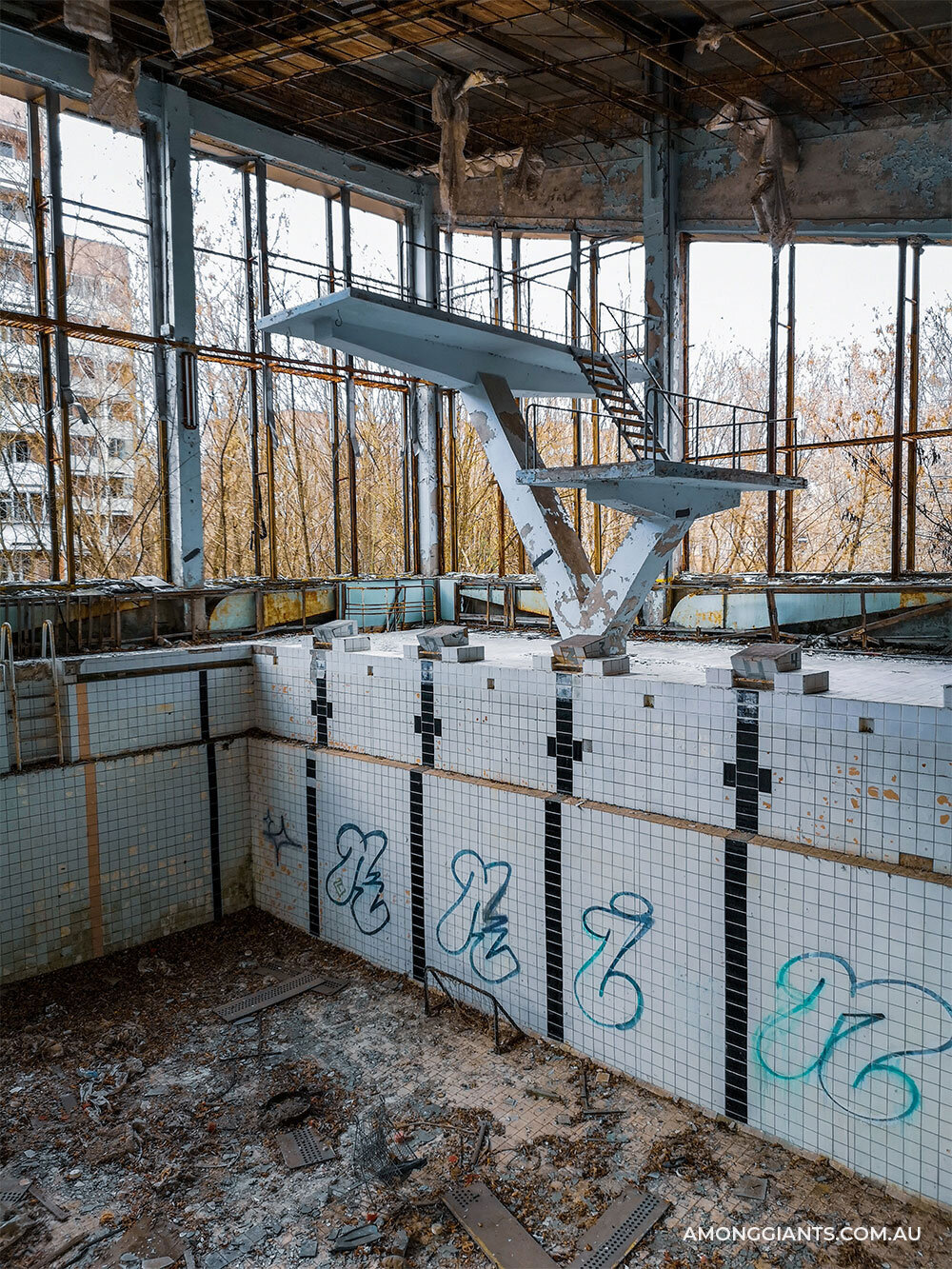
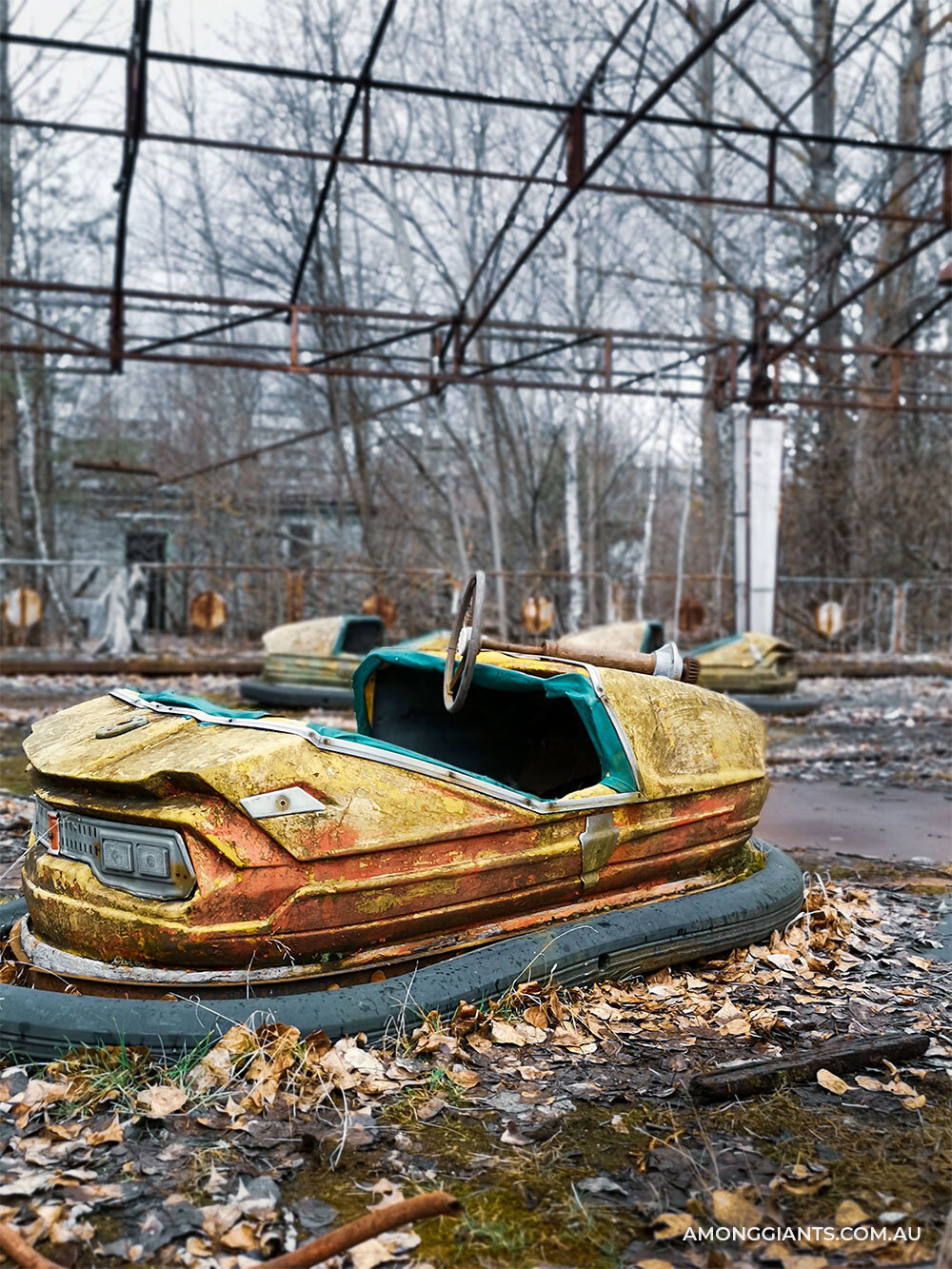



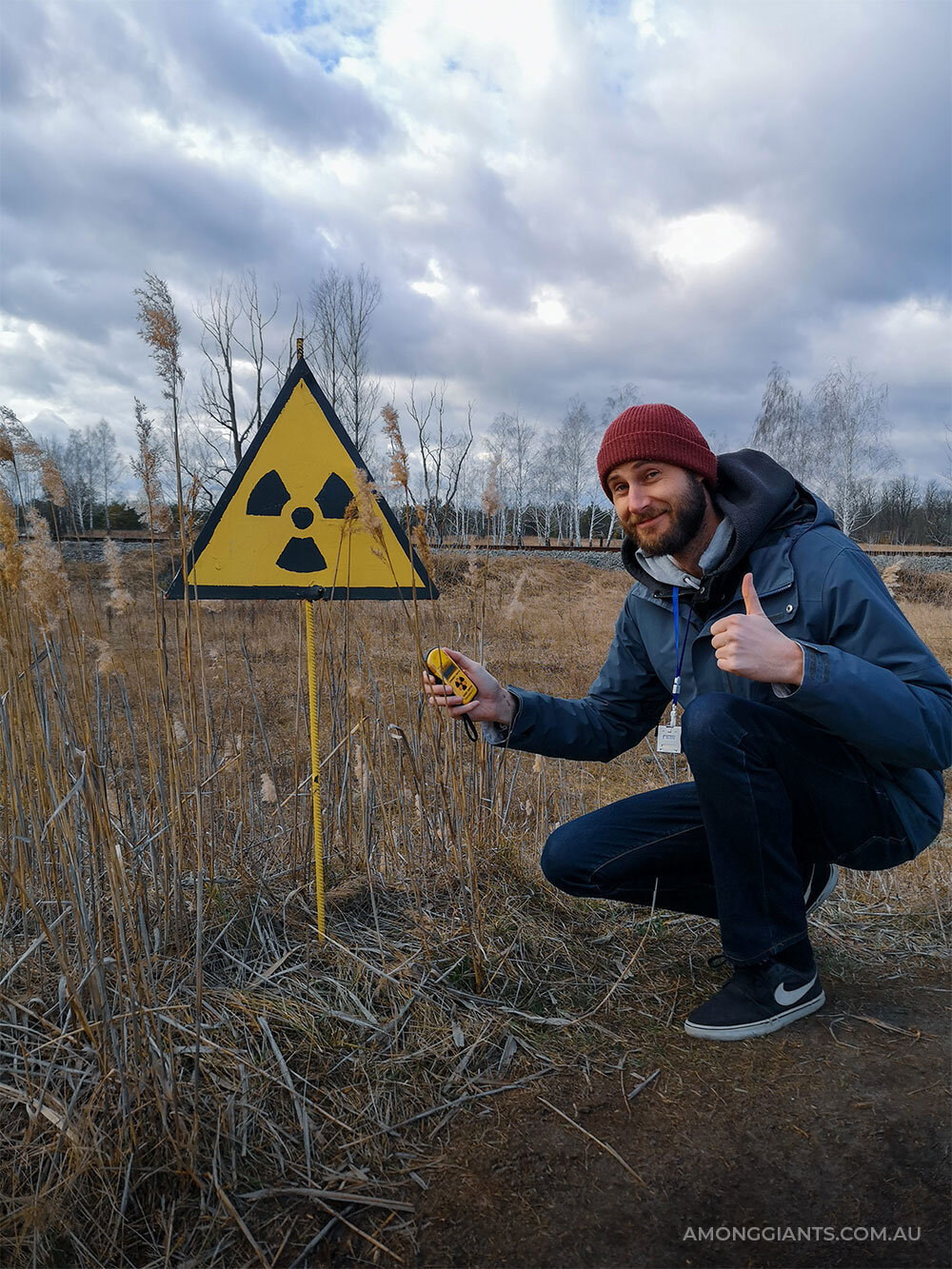
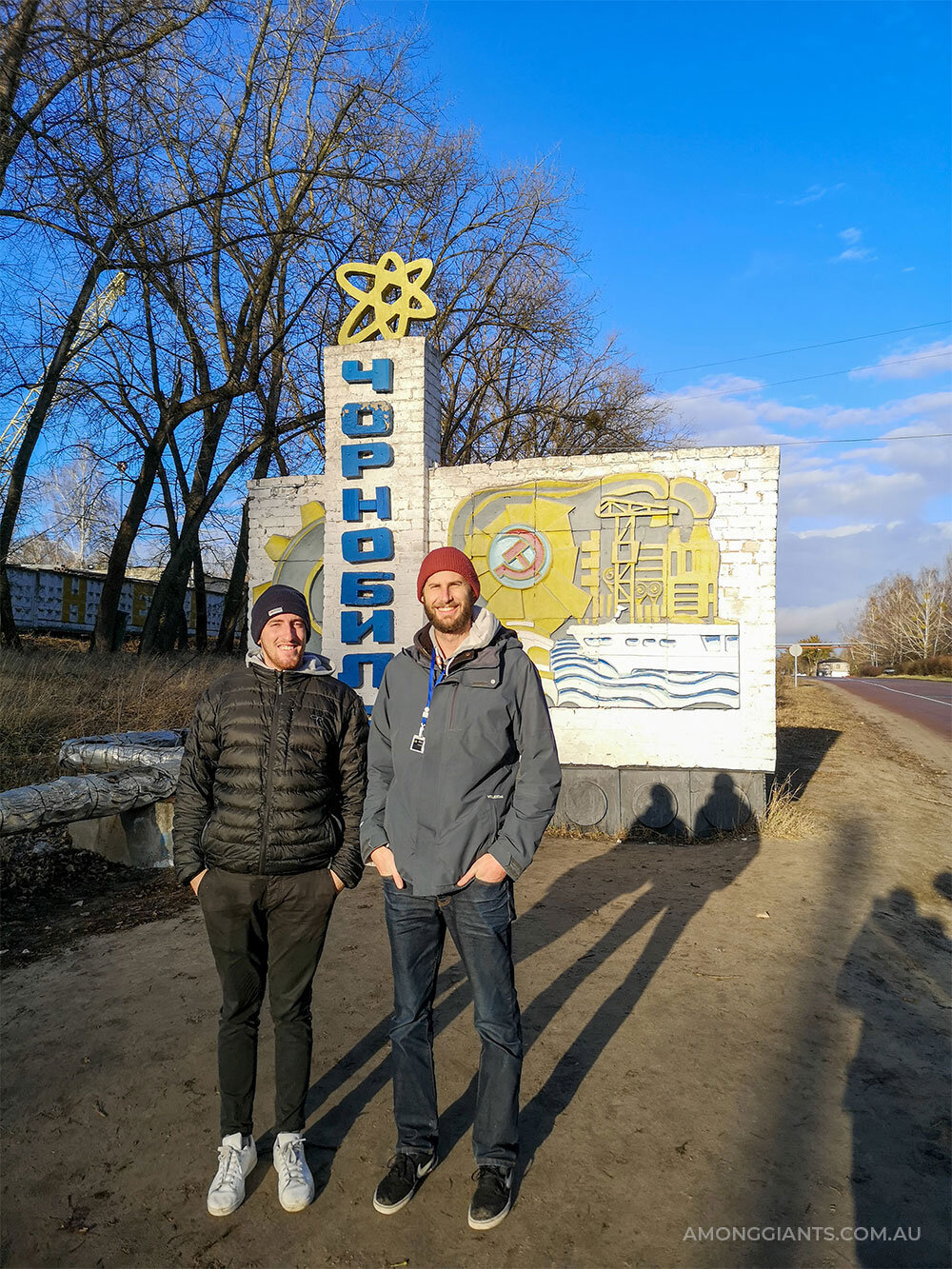
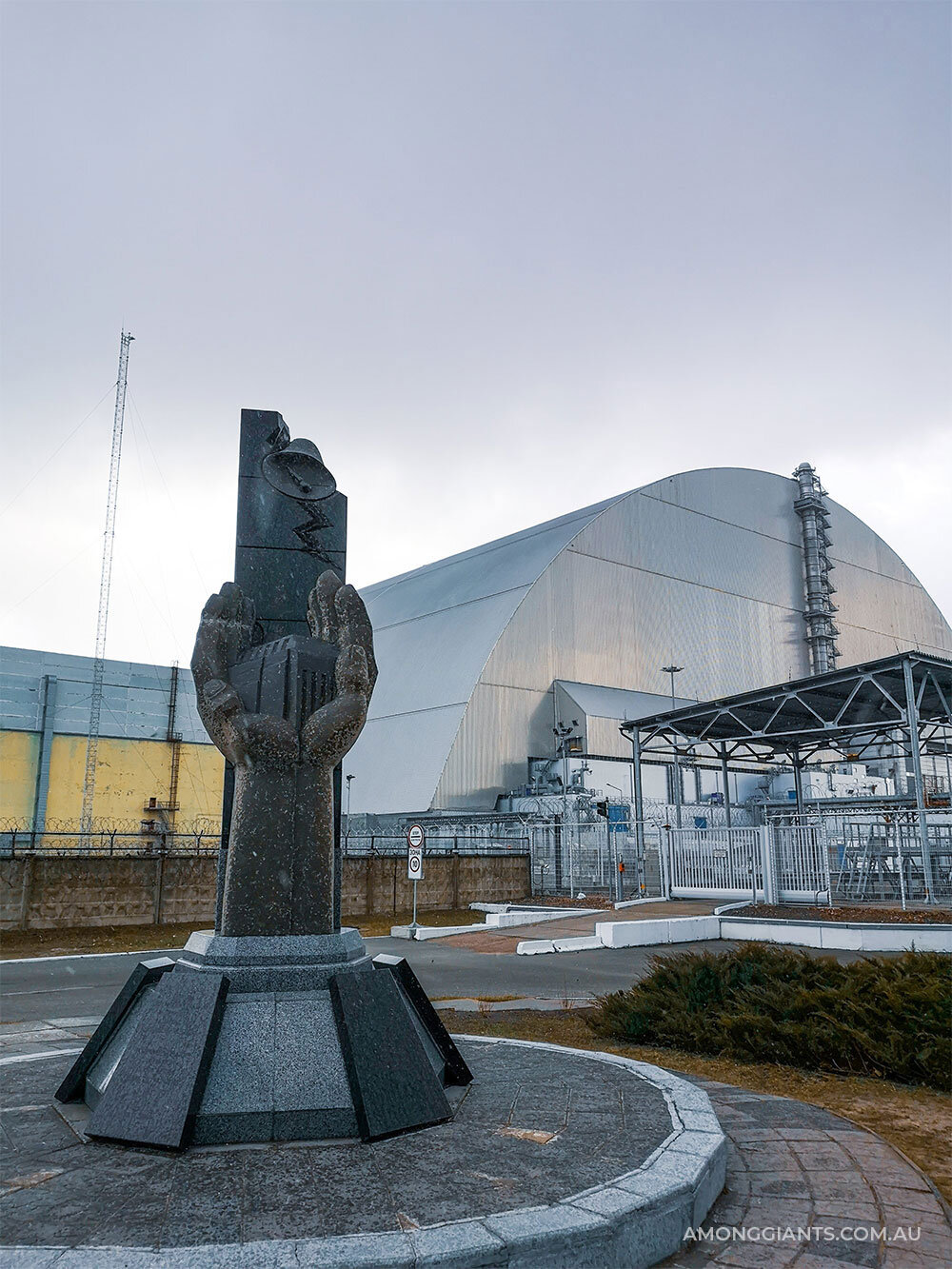


Where is Dry Canyon? An easy 3 hour drive from Sydney, you will discover a spectacular canyon known as Dry Canyon. It's ease of access makes this the perfect introductory canyon for a first timer.